Plastic was once a great invention of mankind, but now it is one of the most destructive agents of human life. Reducing plastic is a way to protect the environment directly and simply. However, plastics are ingrained in the manufacturing industry more than we think.
Not only in water bottles, styrofoam boxes for food or plastic bags, but plastic also exists in the so-called "non-plastic" products. Plastic is even included in products that are intended to replace plastic but are actually more difficult to decompose than plastic.
These items are used in every family on a daily basis and directly destroy the Earth yet we don't even recognise.
1. Paper cups
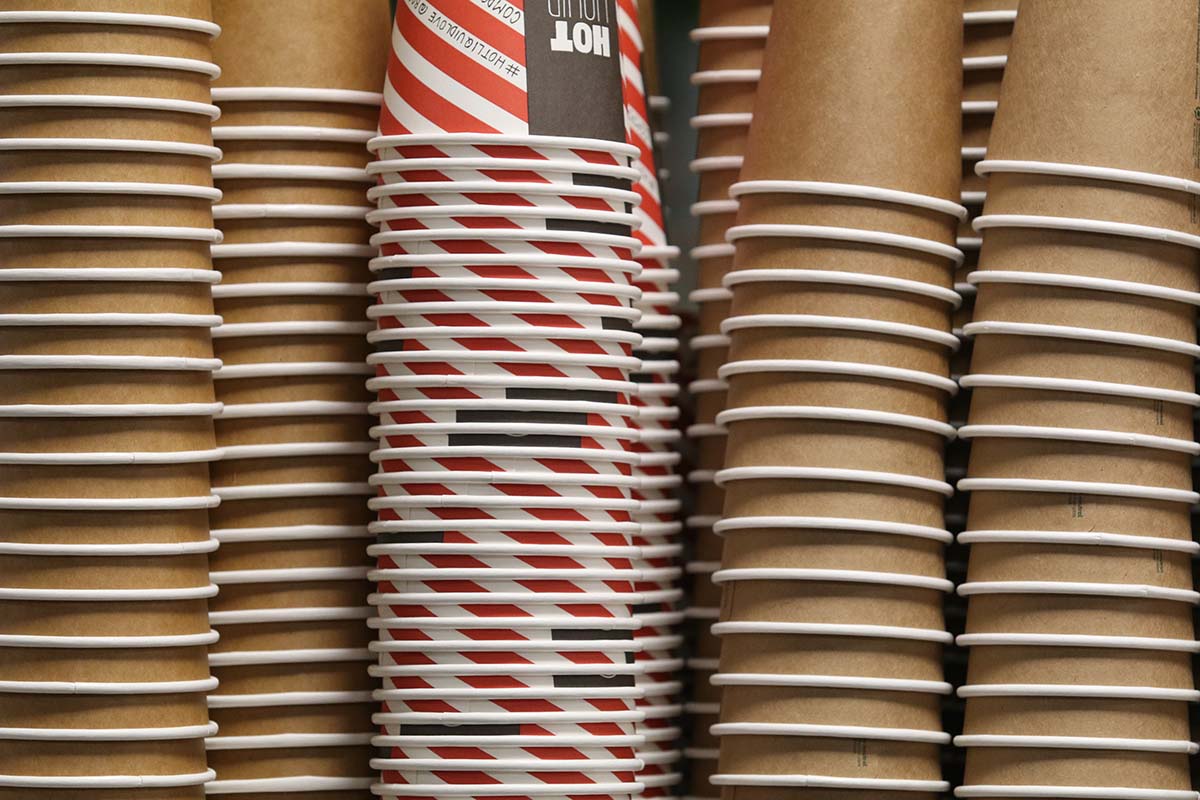
You must be surprised when paper cups are on top of the list. Many people think that 'paper' is, of course, easier to decompose than 'plastic'. However, have you ever wondered how producers increase the durability of paper cups? Why paper cups are waterproof and don't dissolve when exposed to liquid for a long time?
Most paper cups have a thin layer of polyethene (PE) inside to create insulation and help increase durability. However, it is this layer that prevents the recycling of the cup. Because plastics often used are PE or PVC which cannot be recycled. In other words, these paper cups are even more difficult to decompose than plastic cups!
2. Beverage cans
Many people still assume that these aluminium cans have less impact on the environment than plastic bottles. But recently, NurdRage channel on YouTube conducted an experiment that made us change our mind.
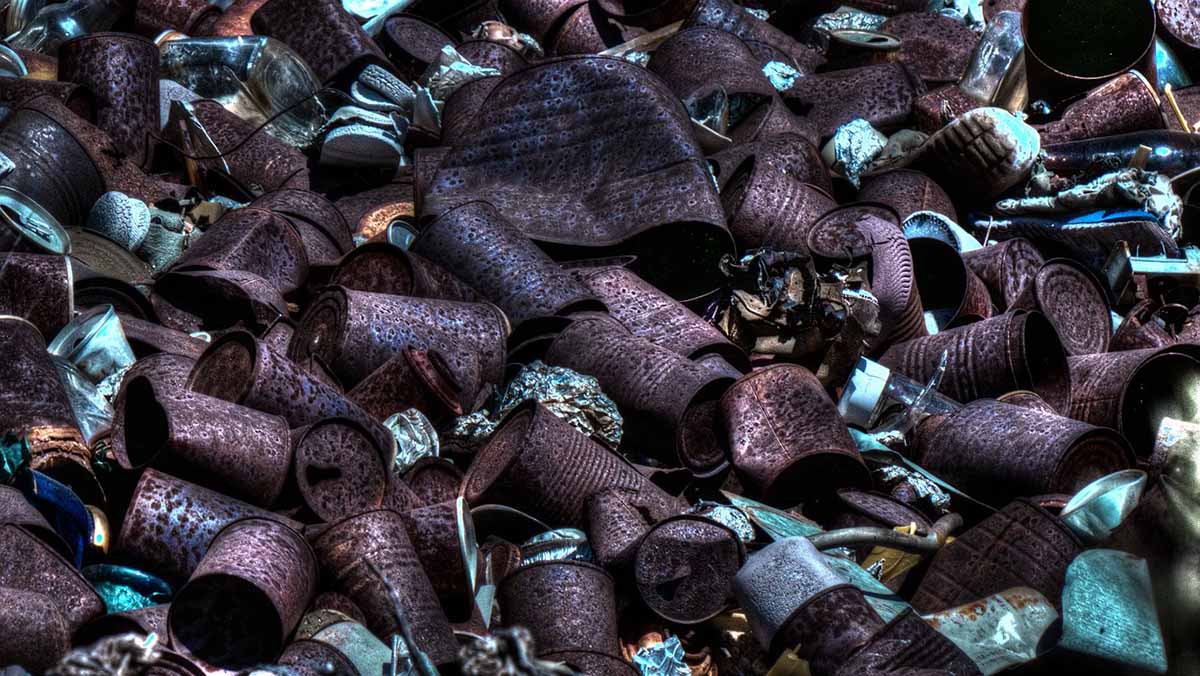
To keep the CO2 from manufacture to consuming, what is the secret? The answer is to apply a flexible plastic layer to prevent the aluminium surface from being exposed to carbonated water. Because CO2 will make the solution acidic and aluminium cans will be eroded quickly, damaging the flavour. Although derived from consumer benefits, recycling of these aluminium cans requires special techniques with a large amount of energy.
3. Wet wipes
Who thinks wet wipes contain plastic? But it is the truth. The UK Department of Environment, Food and Rural Affairs (DEFRA) has classified wet wipes as a major environmental hazard, causing harm to marine organisms.
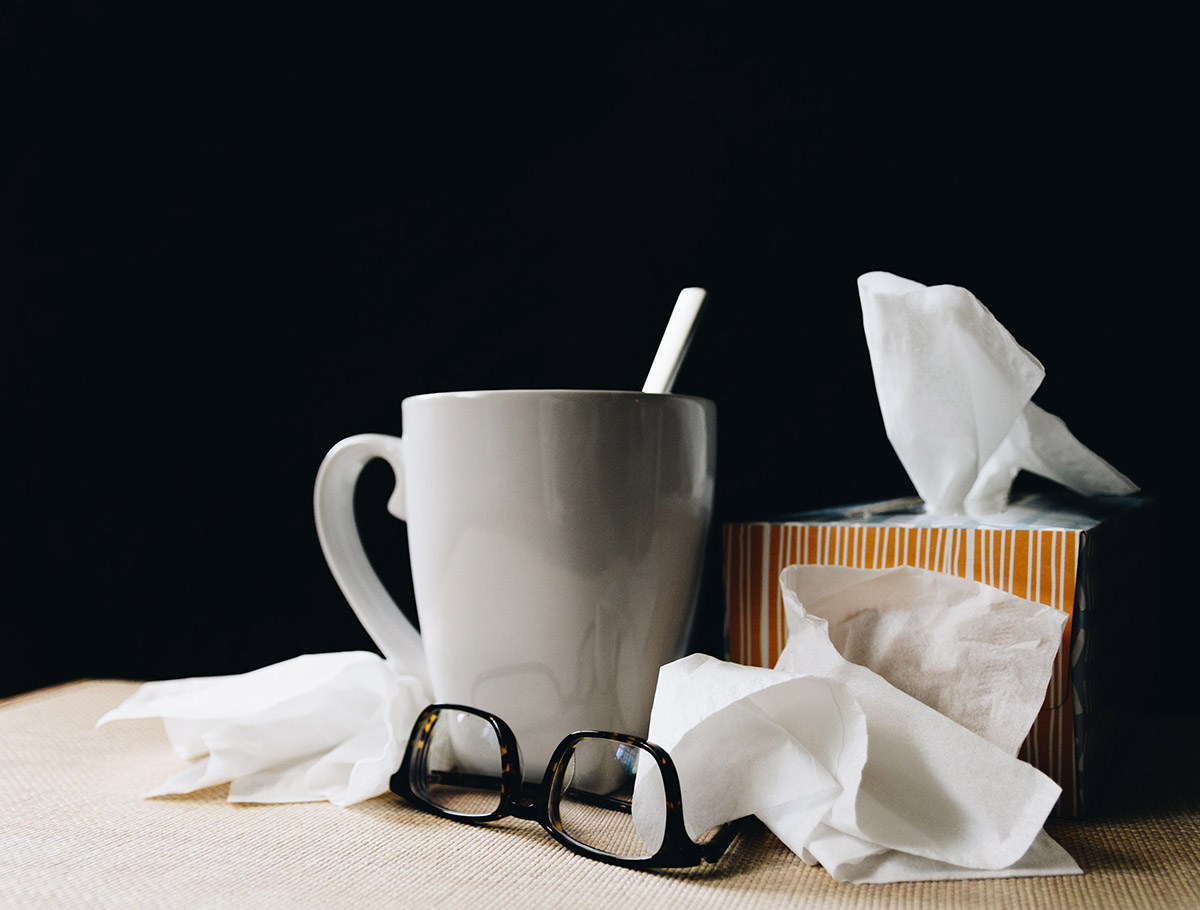
Wet wipes are made of a mixture of plastic, wood and cotton powder. Like any other plastic product, they are capable of polluting the environment through microplastic particles. In addition, toxic chemicals in plastic added to the wipes are easy to get into the water, contaminating surrounding water and soil.
4. Cigarette filters
According to CNN, an estimated 6 trillion cigarettes are produced each year and more than 90% of them contain plastic filters. That's more than one million tonnes of plastic produced from tobacco.
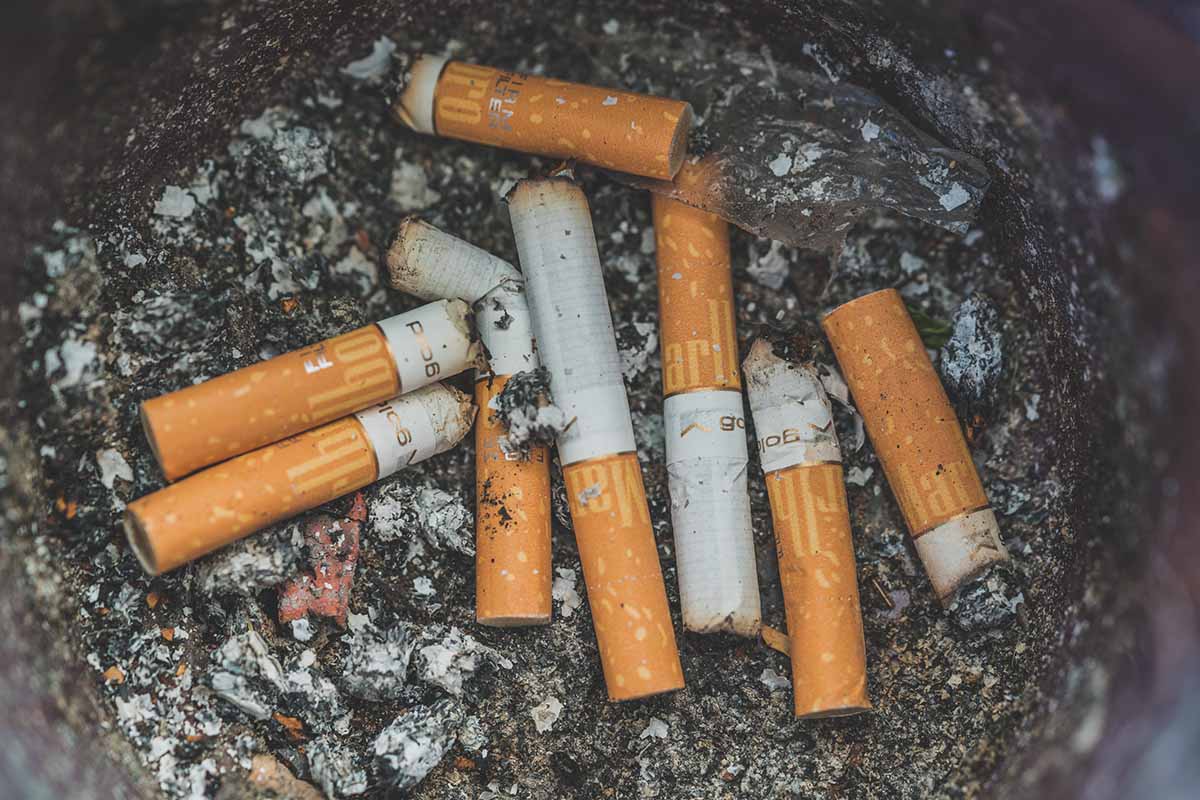
In fact, cigarette filters are usually made from cellulose acetate, an extremely toxic plastic that can take up to a decade to decompose. When the filters begin to decompose, they release all the pollutants absorbed in the previous smoke, including nicotine, arsenic and lead into the environment. These toxic substances will follow the water and enter the body of many marine species such as fish, squid, ... and eventually return to the human's dinner table.
5. Cosmetics
Not only cosmetic packaging is usually made from plastic to save costs but also the ingredients in cosmetics also contain plastic. Professor Sherri Mason, a Chemistry Specialist said, "We conducted an analysis of water samples and found countless round micro-plastic beads in different colours like blue, red, purple, pink." These beads are what we often call sand in cleansers.
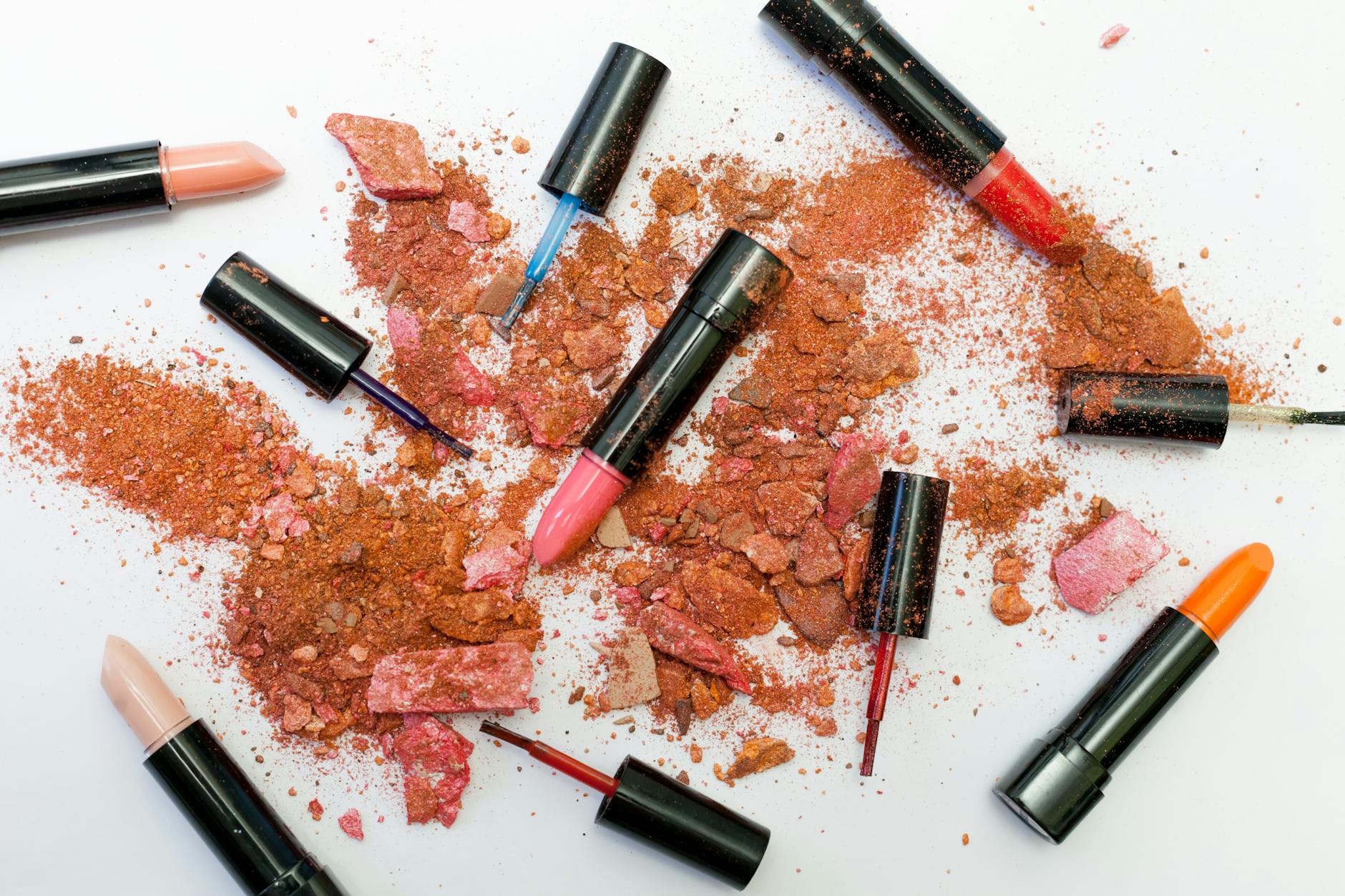
Many products with cleaning effects such as cleansers, shower gel, body scrubs ... contain microplastic particles that remove dirt on the skin. These micro-plastic particles are basically made of polyethene (PE) but maybe of other petrochemicals like polypropylene (PP) or polystyrene (PS).
After completing the role of a 'deep cleanser' as advertised, these small plastic particles easily go through wastewater treatment systems and get into rivers, lakes, and oceans. Consequently, they have a great impact on the environment as well as the ocean food chain.
6. Clothes
This is probably one of the reasons why young people who follow the green lifestyle have recently started to follow the minimalist fashion trend. You probably can't imagine how each shirt and trousers you wear will affect the environment and the Earth.

Imogen Napper, a PhD student at Plymouth University, said, "Not many people are aware that a lot of clothes made from plastic like polyester or acrylic." In a recent experiment, they found that clothes made from polyester and acrylic dropped thousands of plastic fibres after each wash, creating another source of plastic contamination that follows the drains and eventually, enters the ocean.
Therefore, if possible, we should limit shopping for clothes when unnecessary. This will not only save your money, but the Earth will also be grateful to you!
7. Tea bags
To increase brand identity and sell more products, manufacturers of tea bags have invented more fancy designs. They use plastic components to make their products more prominent and keep their shape when immersed in boiling water.
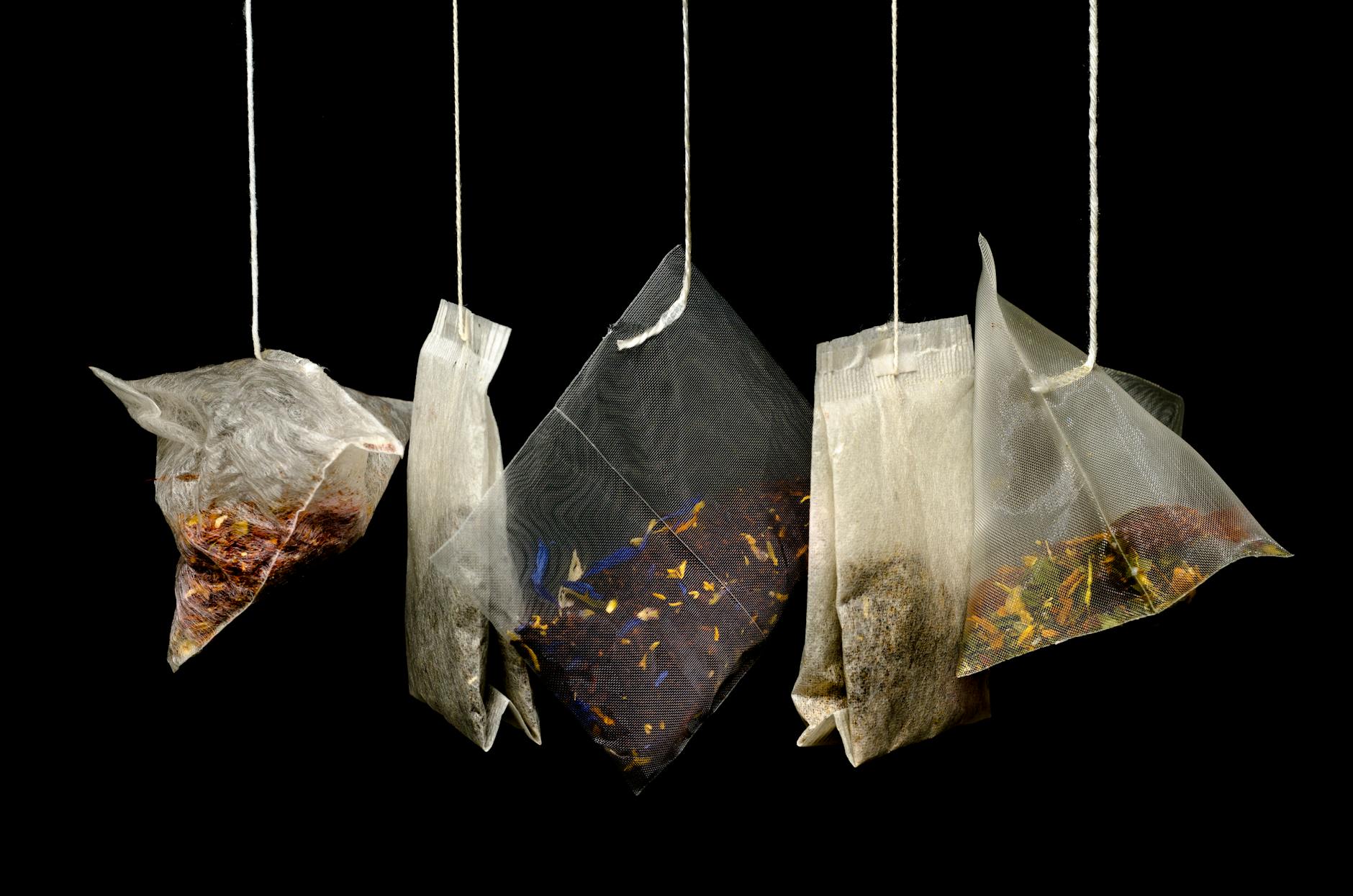
As tea bags gradually turn to plastic components, there are also more problems that must be taken care of. One of the main problems is that the plastic molecules that make up the tea bags will start to break down in hot water.
Most of these tea bags are made from flexible plastic such as nylon, synthetic resin (PVC) or polypropylene plastic (PP). As a result, chemicals in tea bags can release toxins into tea when exposed to high temperatures. If we drink tea regularly we might suffer from many health problems, especially if you use a tea bag many times.
Bottom Line
So how to reduce using plastic? One of the solutions to protect the environment is reuse. We can do it by make use of the old items that can still be used, buy cool second-hand products from amazing stores like Recycled Firefighter. What could be more fantastic than using recycled wallets made from repurposed fire hose being thrown away at the firehouse? Let's contribute to saving our planet now by becoming a modern, smart consumer!

:max_bytes(150000):strip_icc()/nyenails_social-8e958af5ea154ad994449cf769bb258b.jpg)


:max_bytes(150000):strip_icc()/citrus-and-fennel-chicken-with-olives-and-calabrian-chiles-FT-RECIPE0222-c1ef1d87fa514fa08e1616617cdab618.jpg)

